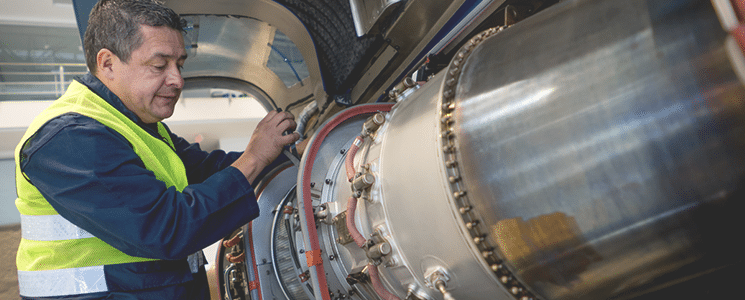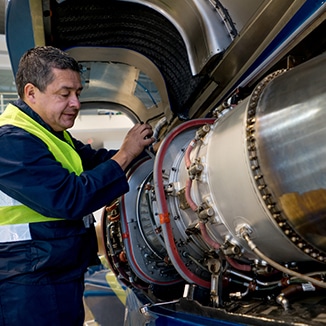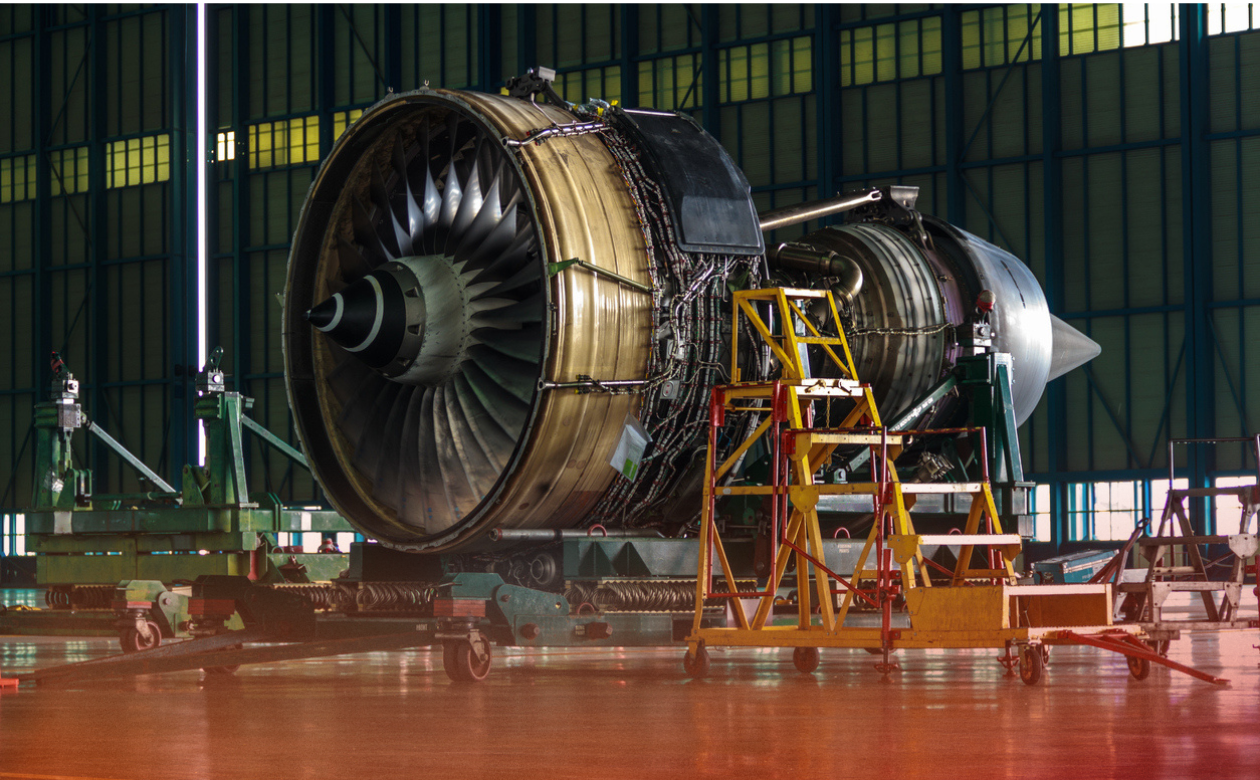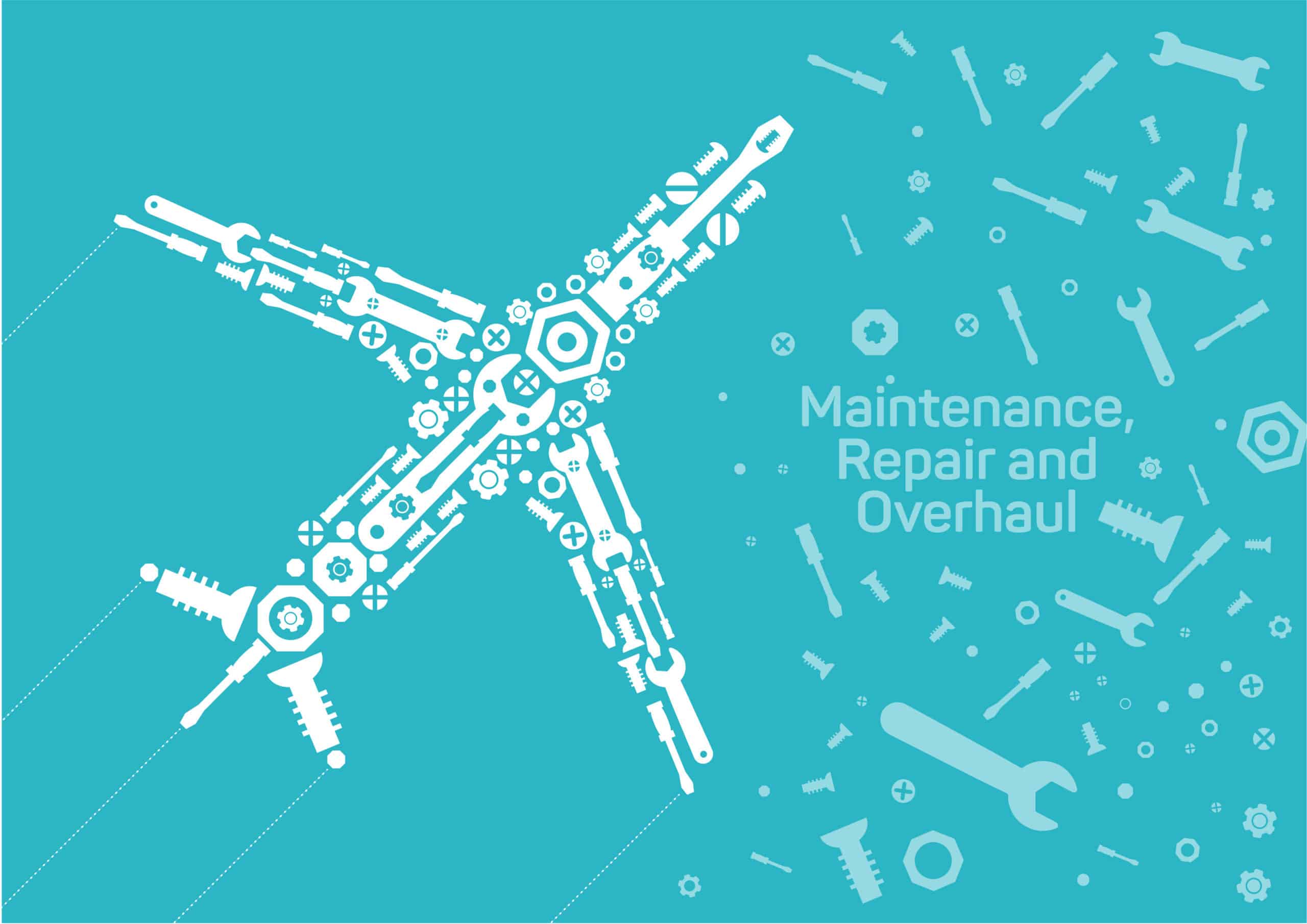
Much has been written about the impact of the so-called “skills gap” in the manufacturing arena, but less has appeared about its looming effect on Maintenance, Repair, and Overhaul (MRO). The issue is proving significant, particularly in the aviation sector.
Workforce Demands in Aviation MRO
A recent article on MRO-Network.com provides an unvarnished view of the situation: “For airlines, it could be argued that their lifeblood is the cadre of technicians that keeps their airplanes flying. Unfortunately, that supply has been chronically anemic in recent years, and could worsen as thousands of new jetliners come on stream.”
According to Boeing’s market outlook for 2016-2035, the demand for qualified technicians will remain severe. Boeing projects a global requirement for 679,000 aircraft maintenance technicians through 2035, with Asia-Pacific and North America being the largest markets.
The problem is complicated by a number of factors. All skill sets are in short supply, and it takes years for personnel to get the experience and certifications necessary to qualify as inspectors and quality control technicians. Moreover, while those years pass, qualified people drop out of the work force. Further, studies have shown that the aviation sector loses about a third of its qualified airframe and powerplant licensed technicians to other industries, chief among them oil and gas, railroads, and amusement parks. As the MRO-Network article notes, “The situation becomes even more urgent given the skillsets needed to work with the huge data streams generated by today’s sophisticated avionics, as well as the latest composite structural materials increasingly replacing sheet metal.”
The Need for Education in Aviation MRO
Over the next decade, qualified technicians in composites and avionics will be most in demand. Particularly in those two areas, airlines are finding they have to do additional training of those hired from airframe and powerplant schools due to their unique processes and equipment configurations.
The situation is worsened by the diminished quality of technician applicants. Mike McDaniel, ExpressJet Airlines’ General Manager of Aircraft Maintenance, is quoted on the subject in the MRO-Network piece:
“The overall quality of [airplane maintenance technician] applicants is not as good as it was 20 to 25 years ago. We test our applicants on repair-work capability, regulatory knowledge, and soft skills [that] relate to how well they will fit into the work environment. About one-third fail, while another third are marginal. If I had a 90 percent pass rate, then the quantity [of available technicians] issue would be a lot more manageable.”
McDaniel points to FAA regulations—specifically, FAA FAR Part 147—as part of the problem. “Under FAR Part 147, the schools have very limited opportunities… to devote to digital aircraft troubleshooting and repair, and very little wiggle room to make that leap,” he says.
The industry has made proposals to revise Part 147, taking some of the hours now dedicated to general overview, airframe, and powerplant and reallocating them to advanced avionics and composites training. This is a step in the right direction, but as the addition of complex avionics adds time (and cost) to the school curriculum, not everyone is participating. Yet that buy-in is essential.
The Importance of Data for MRO
Quoted by MRO-Network, Kevin Kirkpatrick, Executive Director of Pratt & Whitney’s aftermarket operations for Asia, says that today’s MRO technicians “need to be comfortable with data, and they need to change as technology transforms. At the same time, they have to know how to handle the data coming at them, and how to utilize it.”
One way the industry is dealing with the situation is by increasing the number of apprentice programs, internships, and partnerships with schools and universities. As the growing competition for sophisticated Science, Technology, Engineering, and Math (STEM) personnel ramps up further, we can expect to see such programs increase as a means to close the skills gap and address the technician shortfall. These efforts are not only targeted at university and technical school students, but increasingly at the high school level as well.
Using Service Task Management Software as a Workforce Tool
One tool avionics organizations need in their arsenal is a Service Task Management (STM) application, like Solumina, as part of their MRO software suite. The STM can be leveraged to alleviate some of the pressure in the workforce by providing guidance through the intricate processes of servicing complex assemblies regardless of technical capability. By using Service Task Management to expedite, streamline, and simplify complex, error-prone MRO processes, companies can drive down maintenance costs while driving up workforce productivity.
Through MRO software tools, users can do more with less. It shortens the learning curve for complex processes, and workers use their time more effectively and efficiently. This leads to a more satisfied productive workforce, a critical advantage in times when personnel issues are challenging everyone in the industry.
To learn more about how modern MRO software can help you cope with the challenges of today’s MRO market.






